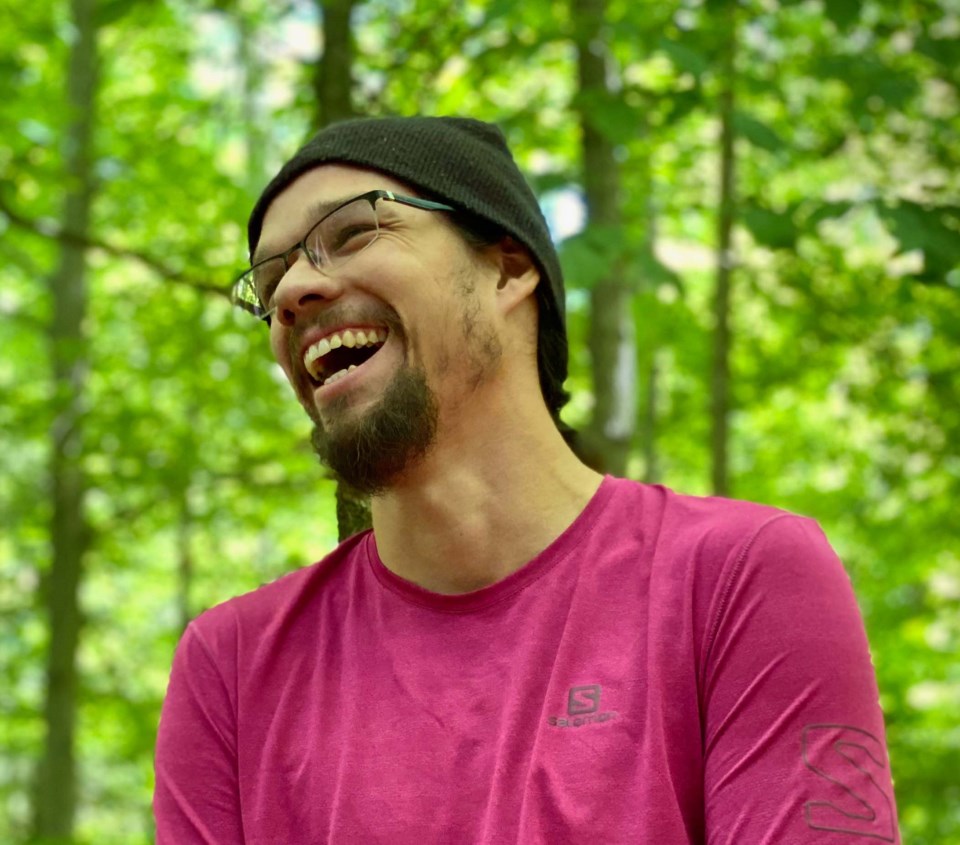The power of plant medicine gives pharmaceutical drugs a run for there money.
Joe Pitawanakwat, who is Anishinaabe from Wiikwemkoong First Nation in Ontario, first got into learning about plant medicine through his grandmother who didn’t have access to doctors growing up so she found her own medicinal pathway through plants.
There are over 230 species of plants used for medicine.
“I would run into barriers like a physician, they’re not taught about plant medicine only western medicine. So if somebody wants to use traditional [plant] medicine, the physician has to say no or withdraw treatment,” said Pitawanakwat.
He has used tamarack bark to make a tea, a large amount of tea where 70 people soak their feet. It helps people who have diabetic neuropathy, where they have no feeling left in their feet. After the soak, a prick test, they have sensation in their feet again, Pitawanakwat said.
“It’s those experiences that really drive the opportunity for the physicians to care about it at all.”
Mshhiigobag, also known as Labrador tea is used to treat diabetes by increasing insulin sensitivity in skeletal muscle tissue so the sugar can be burned.
“Arthritis is the number one disease that affects First Nations people by a landslide,” said Pitawanakwat, and using plant medicine can help treat it.
“These plants are not bound to the business bias as pharmaceutical drugs are.”
Pitawanakwat will be guiding a plant medicine walk in Guelph through the Guelph Outdoor School in May. He said relationship building is important because the only way to learn about plant medicine and the only place it exists is within Indigenous knowledge.
“It ends up serving as kind of like a positionality piece. This is where you’re trying to live and you’re trying to live here without the knowledge of the people who have been living here.”
He thinks the popularity of learning about plant medicine is because people are sick and not getting better in some cases. People are desperate for cures.
When he teaches high school students about plant medicine he asks them what they think the aging process is like. He prefaces this by describing a story where his great, great, great aunt who is in her 90s, drove up in her van and pulled a moose into it on her own.
“Aging is actually just a number and some wrinkles,” he said. “Now it’s a success when you can still go to the bathroom on your own in your 70s."
“Part of the protocol of harvesting all of our different medicines is your responsibility to give something back,” he said, protecting plant species is part of it.
There is a conservationist paradigm, “We’re not in the forest. We’re leaving it alone. We’re trying to conserve it by not stepping on it but it requires human intervention. It requires those relationships in order for it to thrive,” said Pitawanakwat.
He welcomes skeptics because he said he can show people most drugs are derived from plants. He said he was first a skeptic when his grandmother was teaching him about plant medicine, and now he knows how plants can help with healing.
